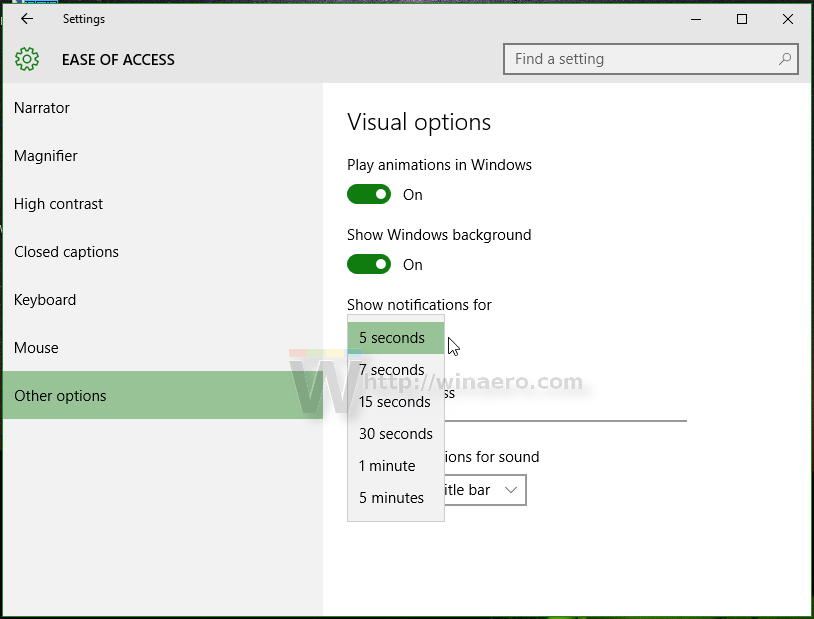
Once available, it can be invoked via calling Invoke-WindowsDiskCleanup. This will enable every rule inside of the enabledSections variable, execute the Disk Cleanup utility, and wait for it to complete. To remove all of the files in each of these temp folders, we can pipe the files directly to Remove-Item. There are many utilities you can buy and some that are free which you can use to clean your hard drive (or SSD).
Delete Memory Dump Files
You’ll find plenty of cleaners specifically designed to do just that. Second, some of these files contain logs of everything you do, such as temporary browsing data, tracking cookies, and Windows event logs. From a privacy perspective, it’s a good idea to get rid of those regularly. That all sounds like a long, frustrating process.
Use Software To Remove The Memory Dump File
- Remember to change 11 to the number you have chosen.
- This is usually caused by an illegal operation being performed.
- After running the command, the Disk Cleanup tool will open and run immediately, removing all the files you have configured on the tool.
- The only safe action the operating system can take in this situation is to restart the computer.
- As a result, data may be lost, as users are not given an opportunity to save data that has lavasofttcpservice.dll not yet been saved to the hard drive.
One tool I have used for free without problem is CCLEANER which you can download from HERE. Make sure to read the description for each disk cleanup item before doing a clean sweep. "Recently used files” lists — Many programs, including Windows, create lists of files you recently opened. While that’s quite convenient, it’s also a privacy risk. Thumbnails — You definitely don’t need these temporary thumbnail files created and displayed by Windows Explorer. With your PC or laptop fans blowing air in and out of the system for years, chances are there’s a whole family of dust bunnies thriving inside your device.
These slow down or even stop your fans, which traps heat and leads to poor performance and frequent crashes. This is why I frequently open up my PC case and laptops (at least the ones I can still open) to use a gas duster which catapults dust bunnies out of the system. (Keep a vacuum handy.) While you’re at it, why not make your keyboard and screen shine, too?
To remove unnecessary rules, open up the Invoke-WindowsDiskCleanup function and remove the specific rules in the enabledSections variable. To run this function either dot-source, or copy it directly into your cleanup script.